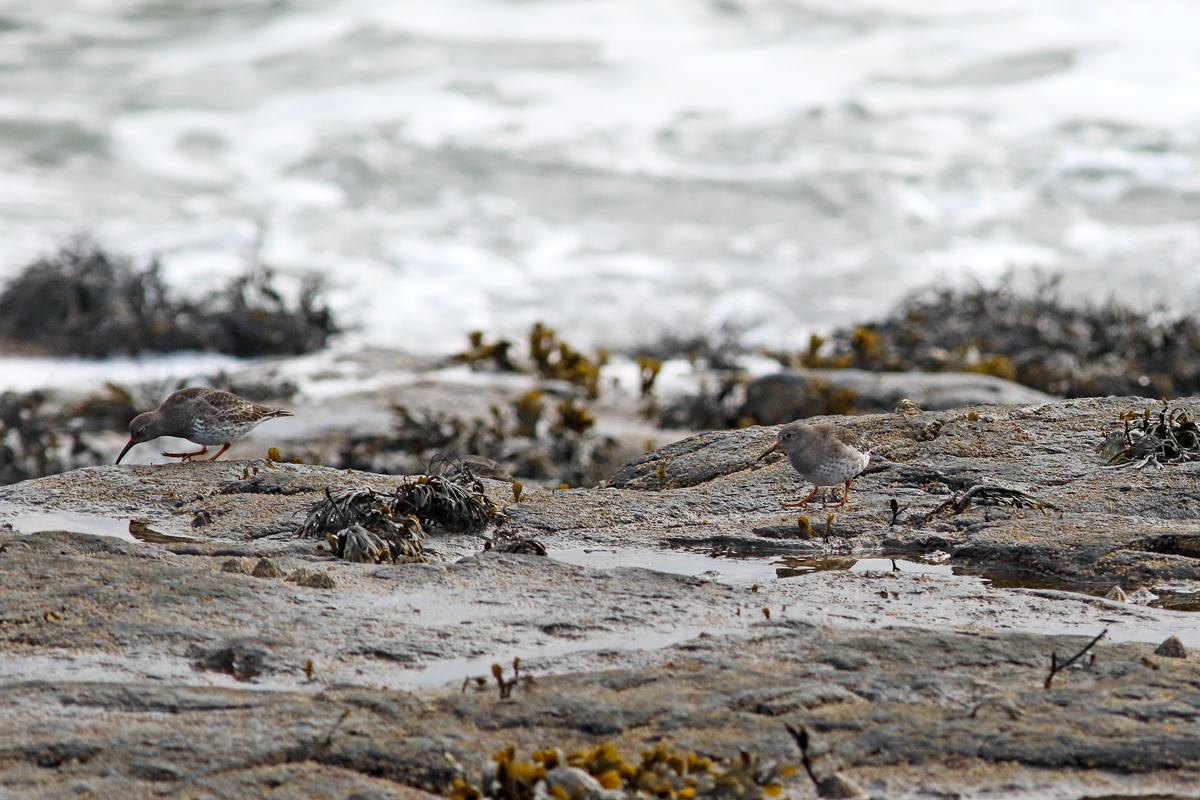This weekend Jane has been away on a jolly with her friends so that leaves me in charge. After the dog that is.
Yesterday I was leading a guided walk for Alnwick Wildlife Group on a 3 miles circular route from our Village, taking in local woods, farmland and the coast path. When committing to a guided walk, I always try to have an idea of what to look for and where so people can get the most out of it, but that rarely works out as you'd expect. The other week I added a short note to the AWG newsletter describing the route and what to expect.
Largely flat walking with some muddy paths so suitable footwear required. 3 miles. Village Hall available for an hour on return for loos or people to catch up, eat their lunch, have tea or whatever? The route will start off inland with fields, woodland etc. Then down to the coast and south back to Howick.
Weather permitting, I’ll put a battery moth trap in the Village Wood to check on the way through.
There should be some spring flowers with the likes of Marsh Marigold, Lungwort, Primrose, etc. Maybe some early Bees, with Hairy Footed Flower Bee as well as Bumblers. Chance of an early hoverfly too. Woodland birds singing, Woodpecker drumming, Buzzard, Jay, Nuthatch. Chiffchaffs often back by then. Raven possible. Roe Deer, Brown Hare maybe.
Down to the coast with Fulmars and Kittiwakes back at the cliffs.
What I cant predict, a month in advance, is the weather. After a week of generally mild and fair days, it was all change on Saturday with a fresh, cold NW breeze and some short sharp showers to spice things up.
So, how did it go....
Well, the previous night was quite mild and only a light shower was on the menu so the battery bucket trap was deployed into the wood while the Robinson was on our drive for the Garden Moth Survey as usual. The walk was due to start at 9am so at 8.15 I gathered both traps in and took them to the hall. It was dull and cold with rain until 10am, so my plan was, if anyone turns up, to go through the trap in the hall until the rain eases then we can head off. If no one turns up, at least I am about 100 mtrs from home.
I need not have worried. Regardless of the return to winter, 21 hardy souls filled up our small car park and were ready to be shown local wildlife. 21 is quite a few, and maybe a few too many but at least we will get a walk out of it. The observer experience in the group varied from seasoned experts in botany, environmental, ecological surveys and birders all the way to beginners looking at nature with all levels between.
Now I look at my advert, its wasn't too far off the mark really except for the invertebrates that were never going to be out and about in this weather.
To begin with, there was a nice selection of regular early spring moth species to show. Everyone seemed to enjoy this part and it was a great way to start the walk, now at least most people had seen some new stuff!
The combined two trap catch -
Taxa
70.066 Shoulder Stripe (Earophila badiata) 1
70.101 Mottled Grey (Colostygia multistrigaria) 1
70.103 Water Carpet (Lampropteryx suffumata) 1
70.156 Brindled Pug (Eupithecia abbreviata) 7
73.069 Early Grey (Xylocampa areola) 8
73.194 Chestnut (Conistra vaccinii) 6
73.241 Pine Beauty (Panolis flammea) 1
73.242 Clouded Drab (Orthosia incerta) 2
73.244 Common Quaker (Orthosia cerasi) 11
73.245 Small Quaker (Orthosia cruda) 4
73.249 Hebrew Character (Orthosia gothica) 46
73.250 Twin-spotted Quaker (Anorthoa munda) 3
73.336 Red Chestnut (Cerastis rubricosa) 6

|
| Pine Beauty |

|
| Shoulder Stripe with a Hebrew Character hidden above. |

|
| Twin spotted Quaker |
The muddy route wound our way up through Village Wood where the first Marsh Marigolds were in flower, 4 Chiffchaffs had been singing earlier but not a peep when the guests were here, the Badger set was inspected as were a few of the introduced trees.

|
| An older Lungwort shot in better weather. |
Walking the track north, Butterbur were just beginning to flower, whilst a Roe buck watched us as carefully as we watched him. Other plants such as Opposite leaved Golden Saxifrage and Holm Oaks were given the once over too.






























